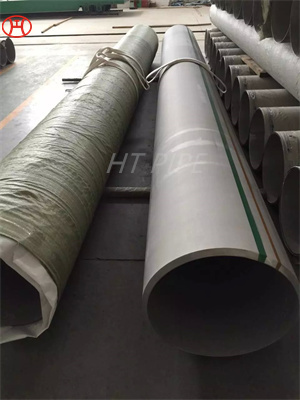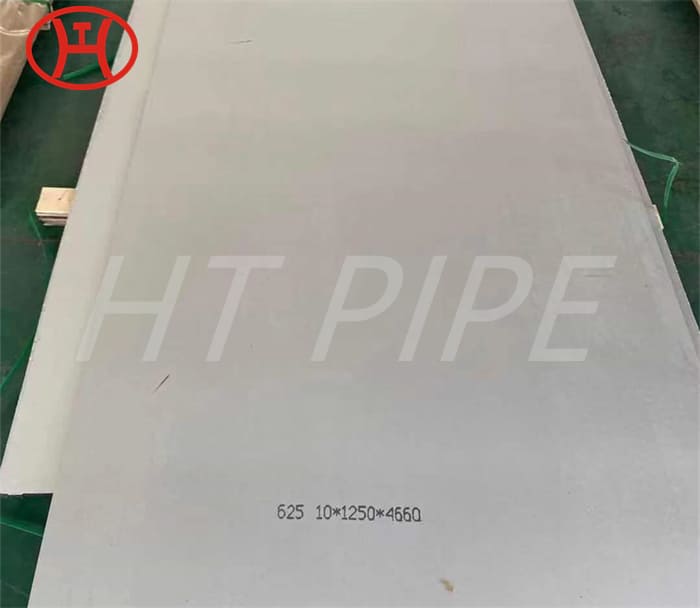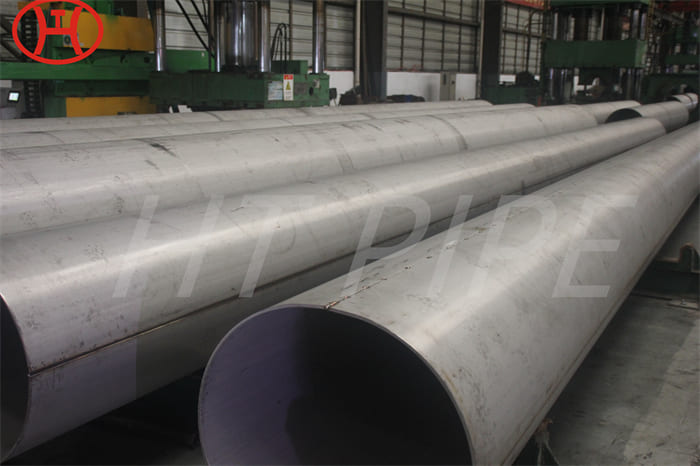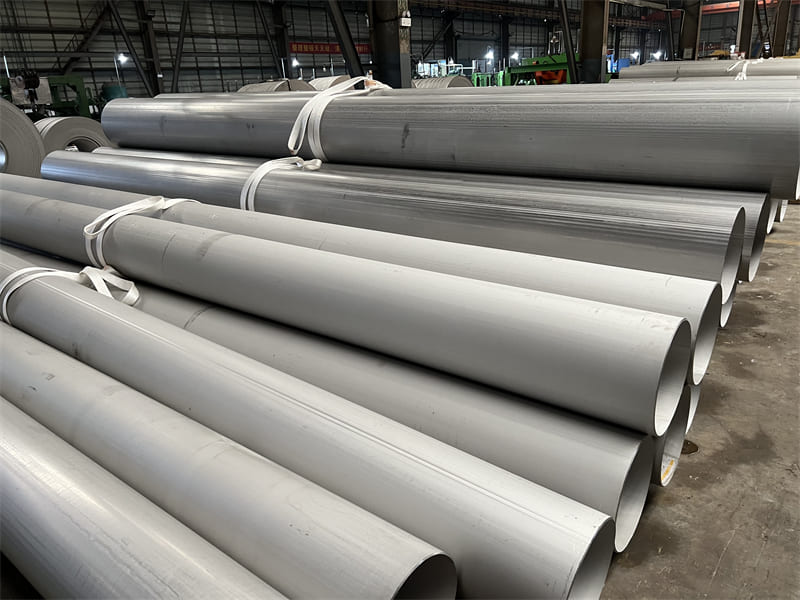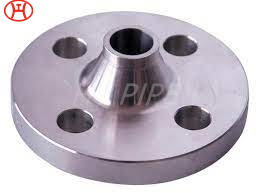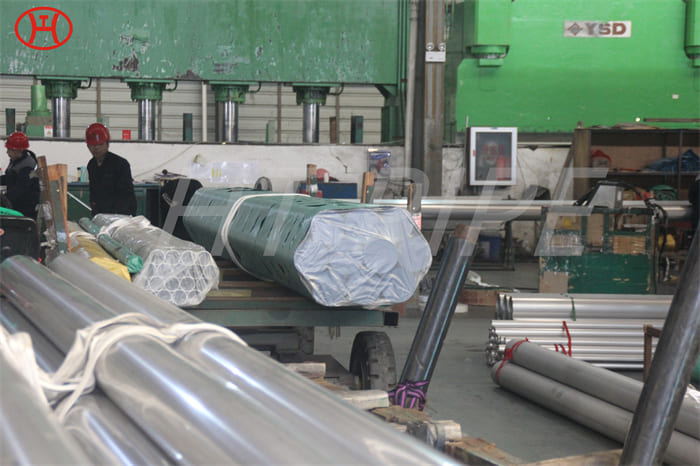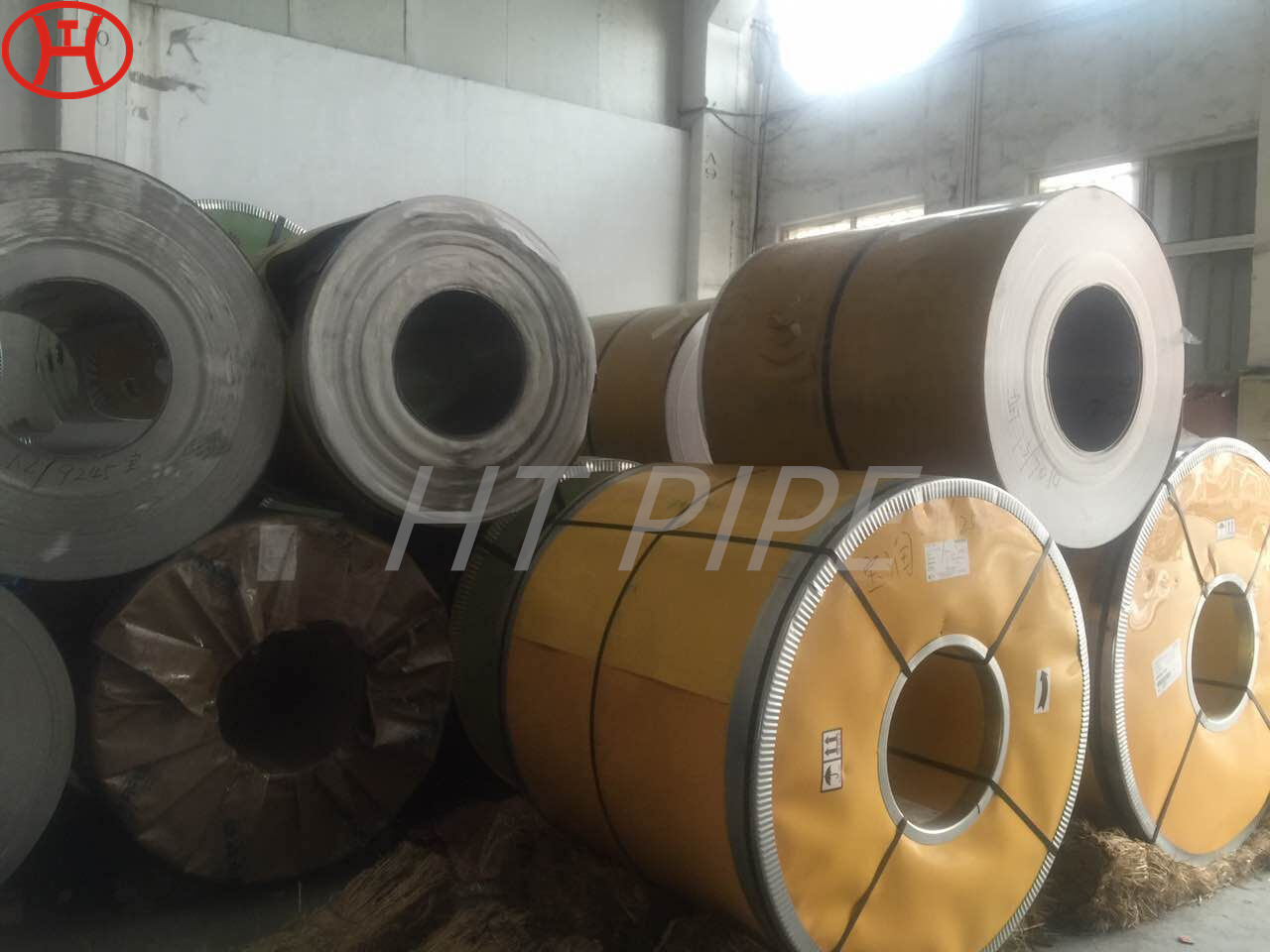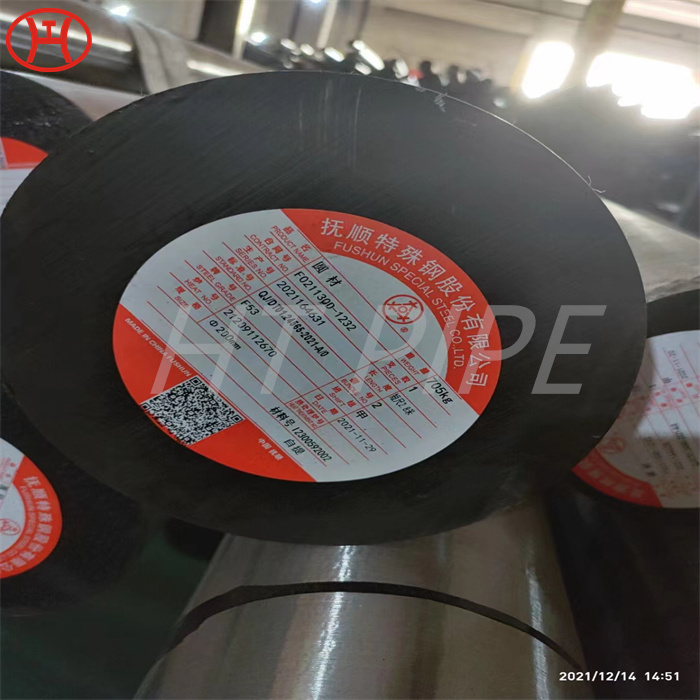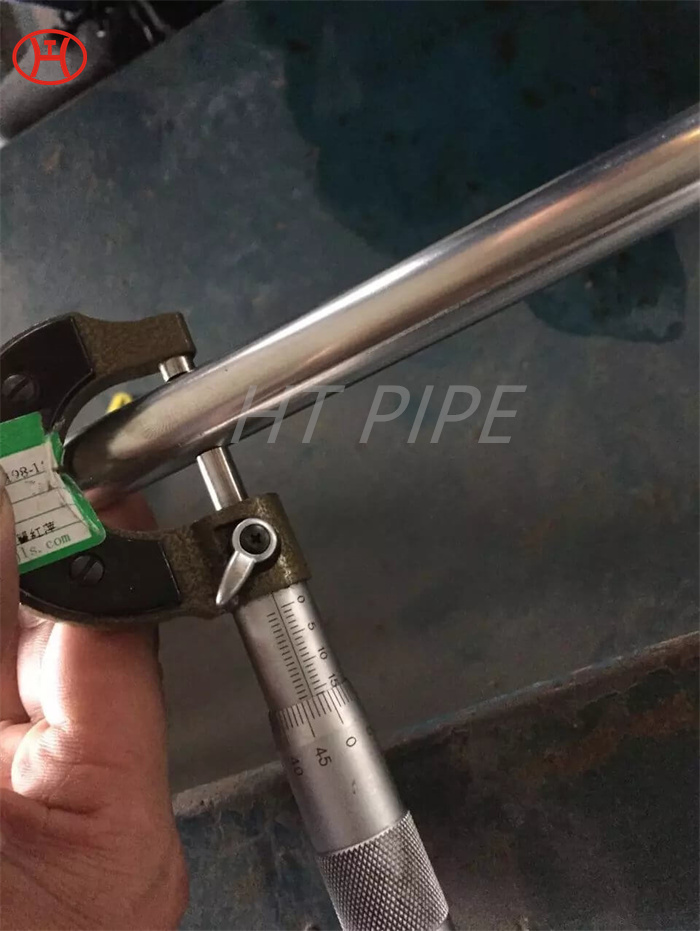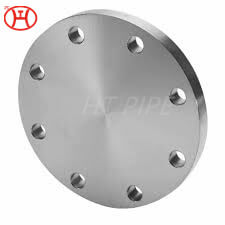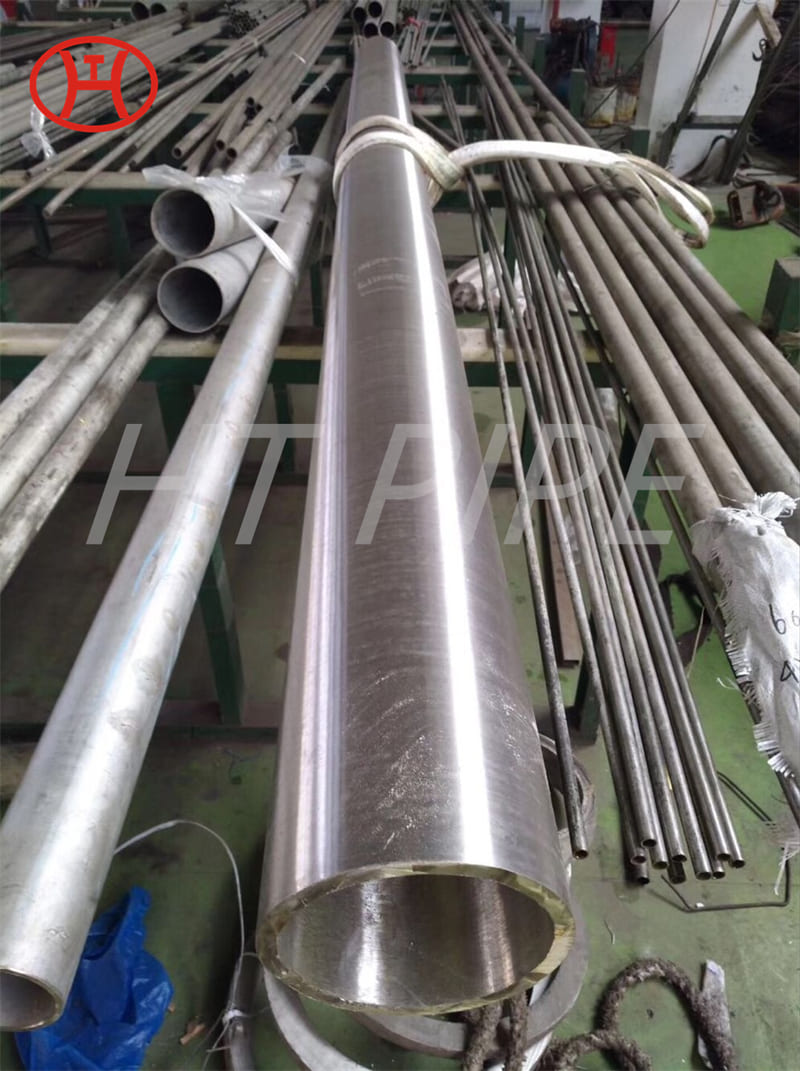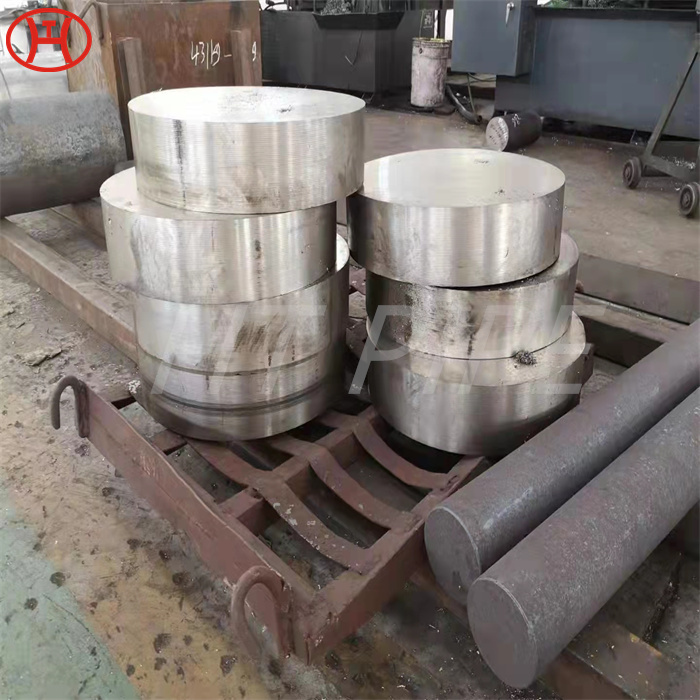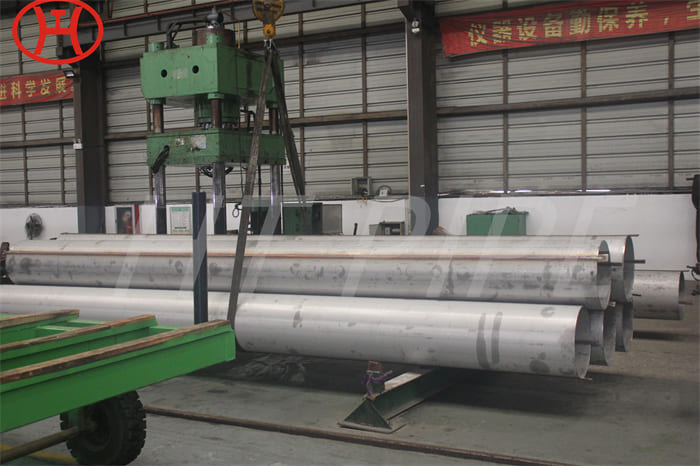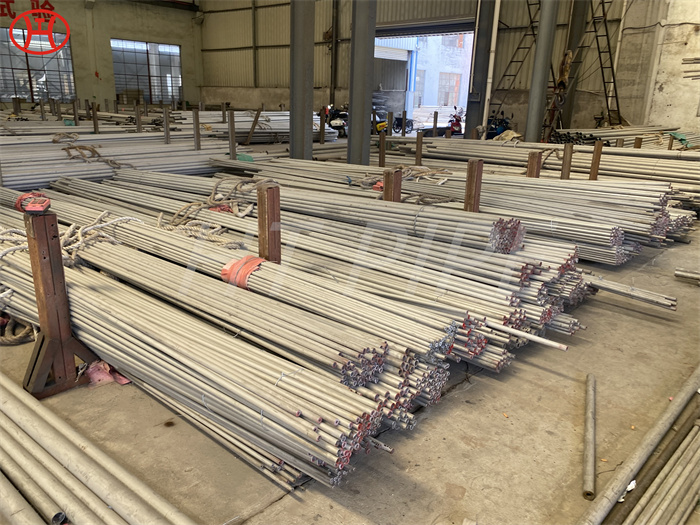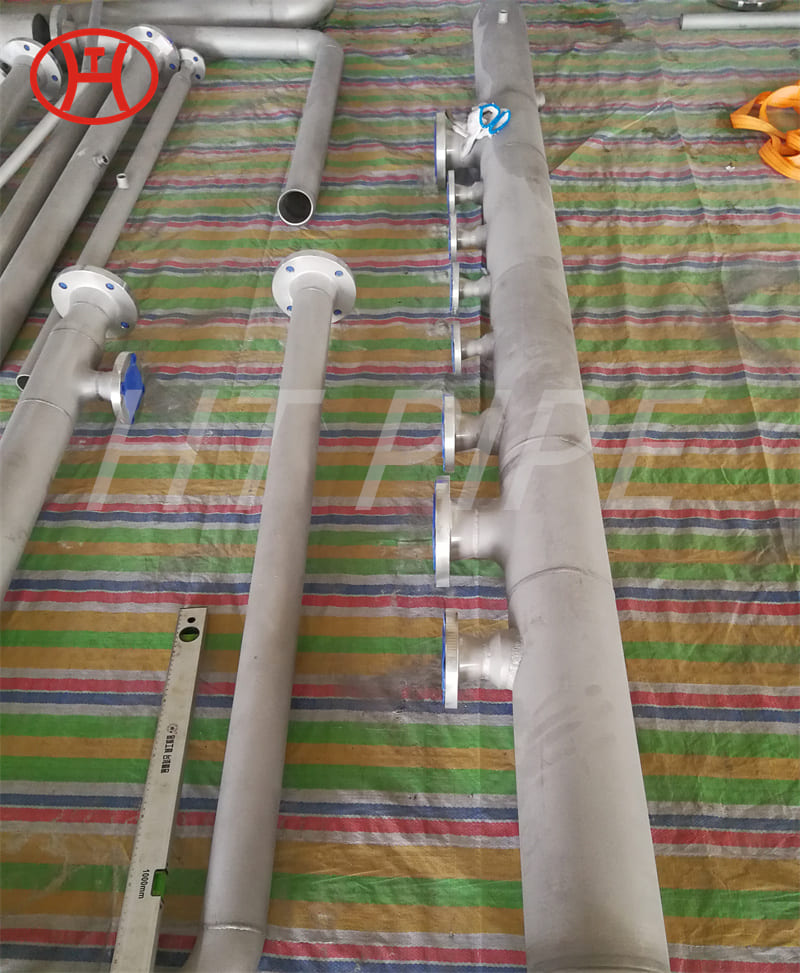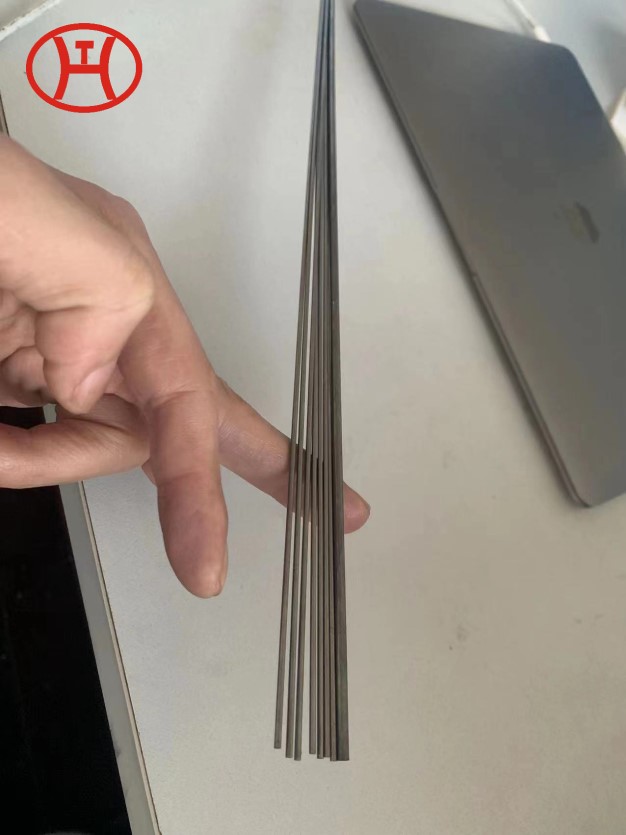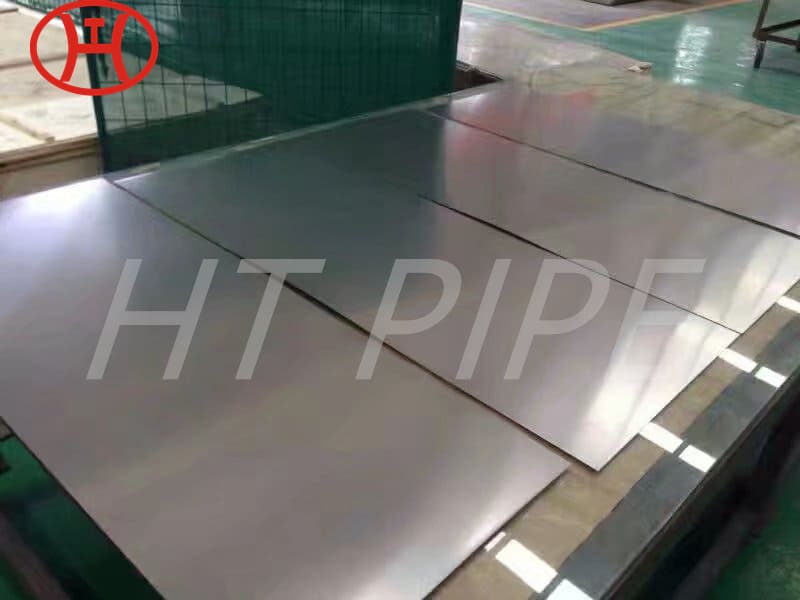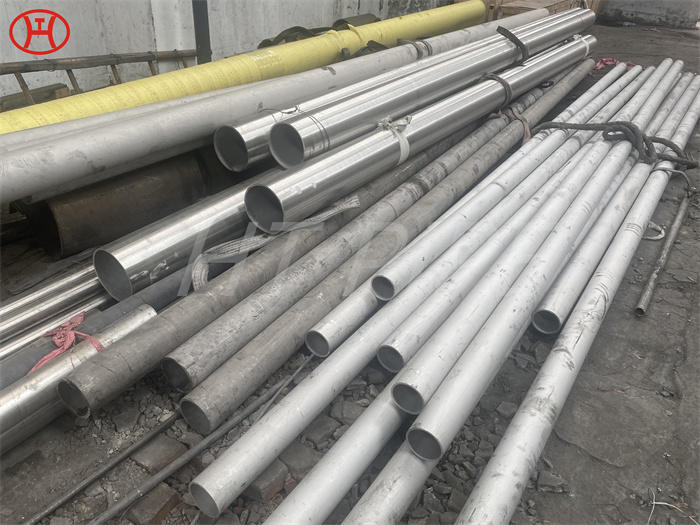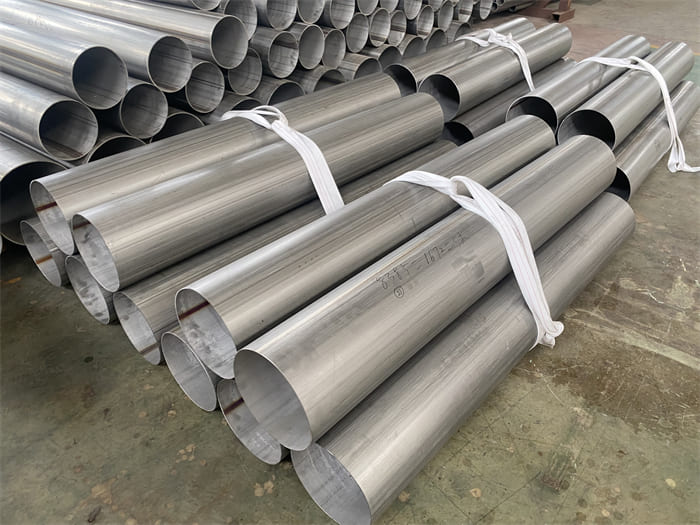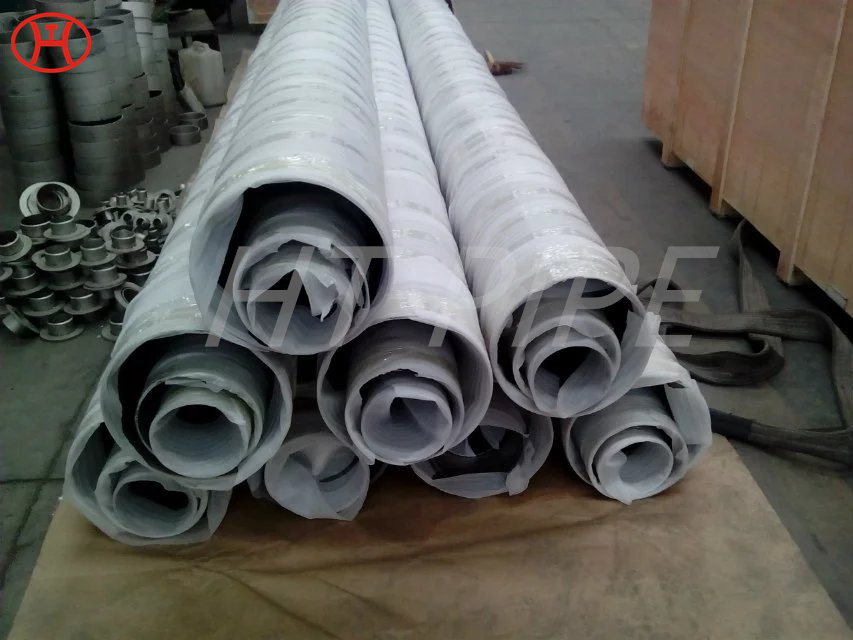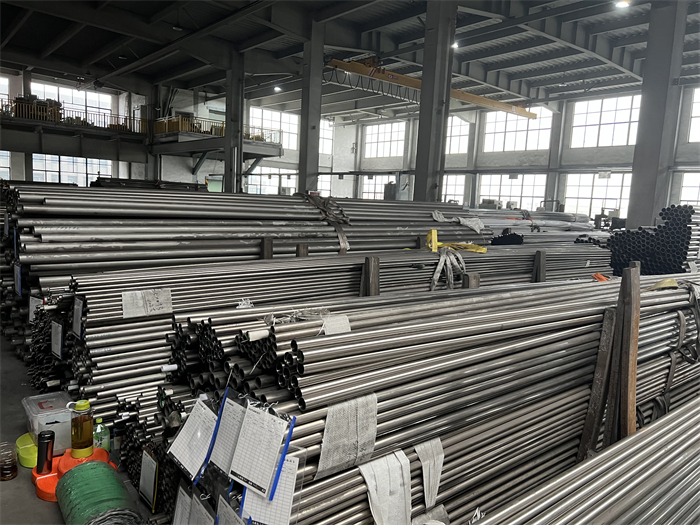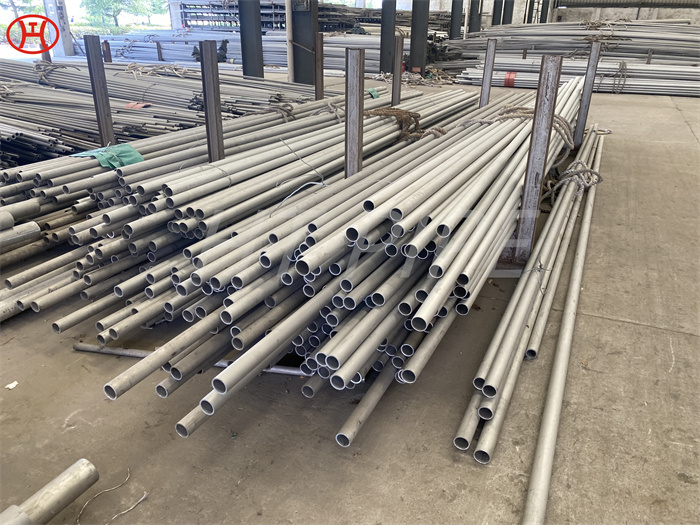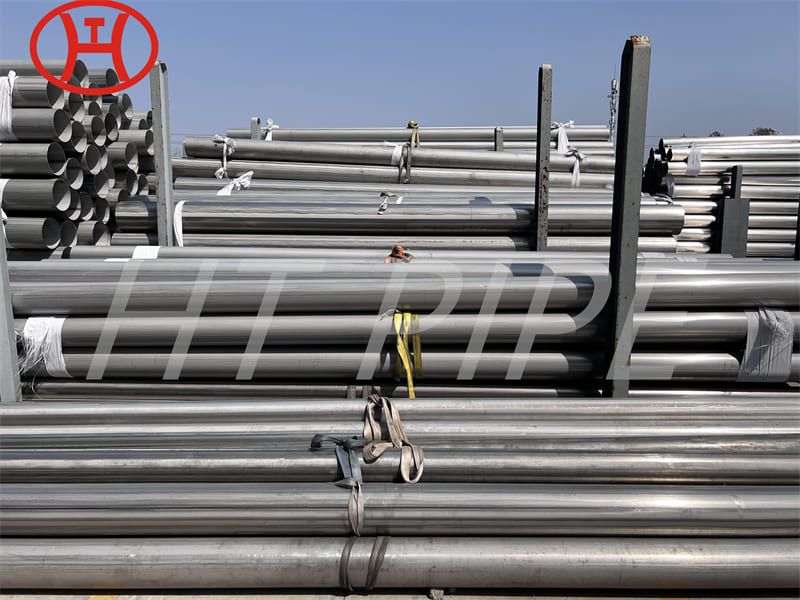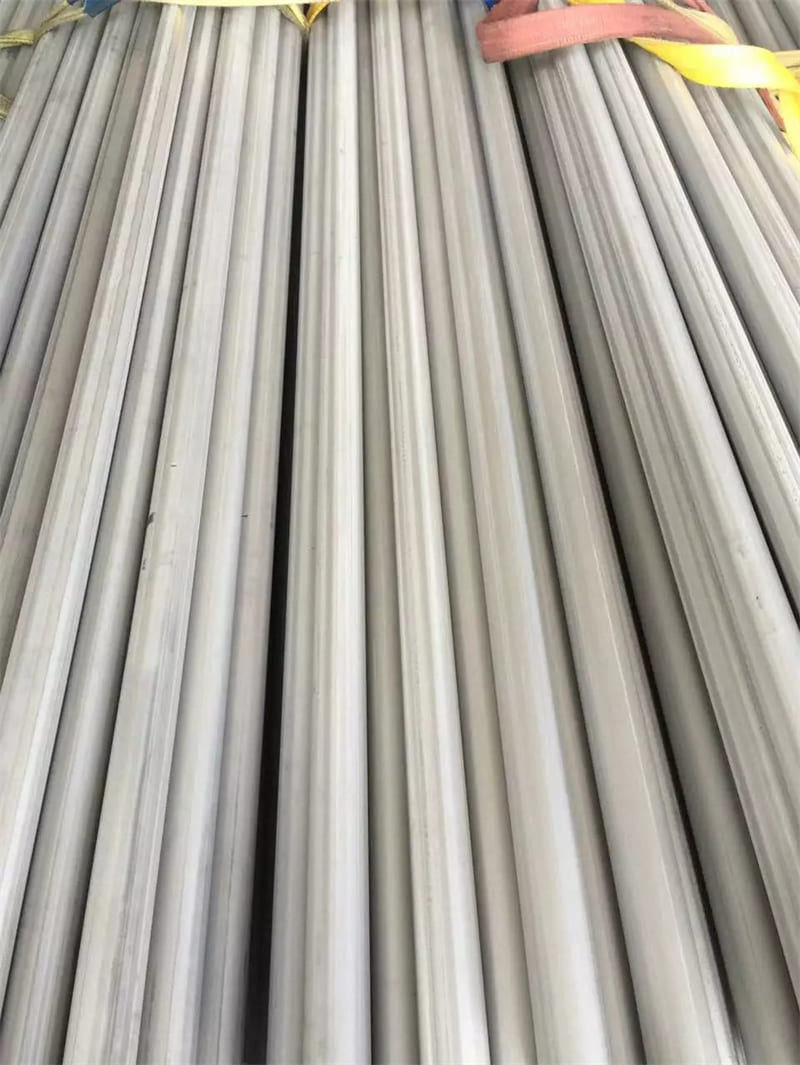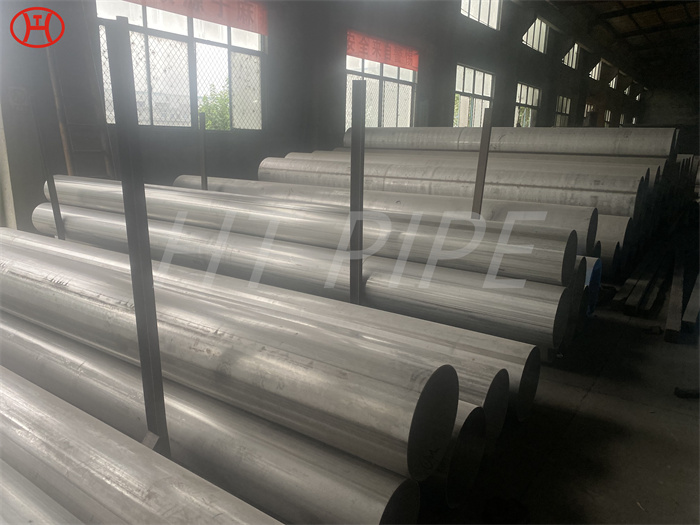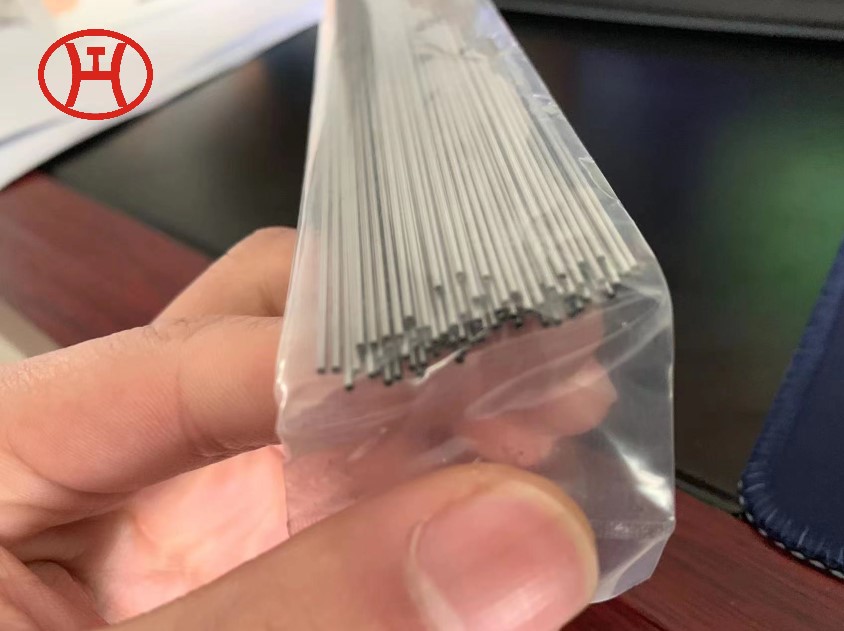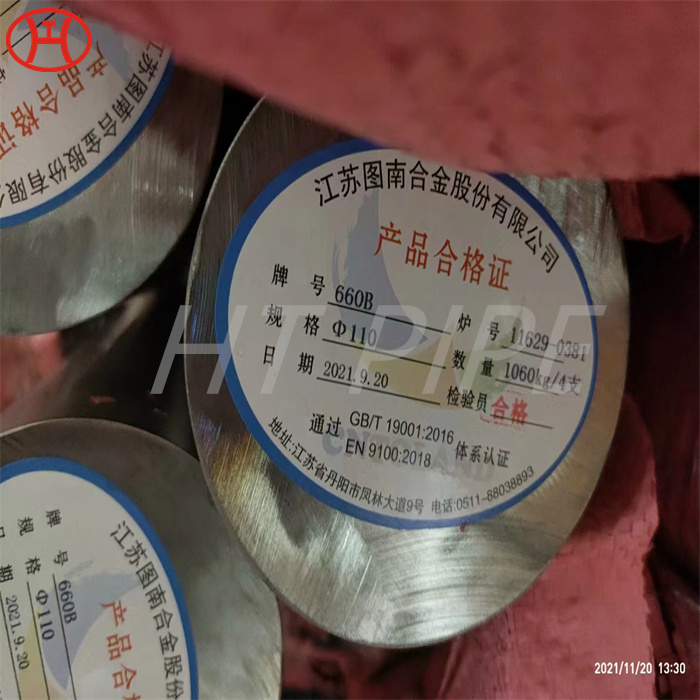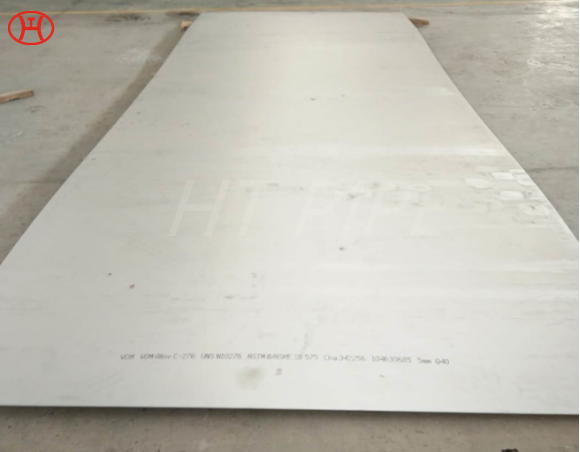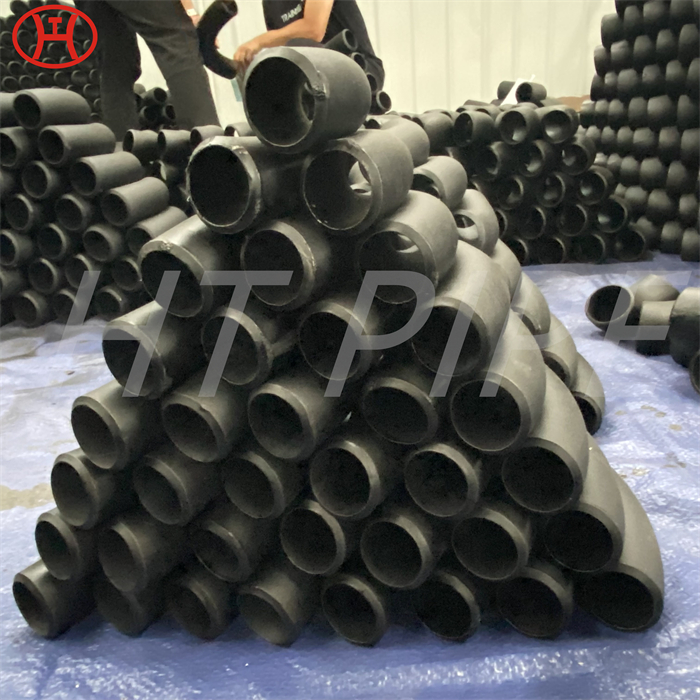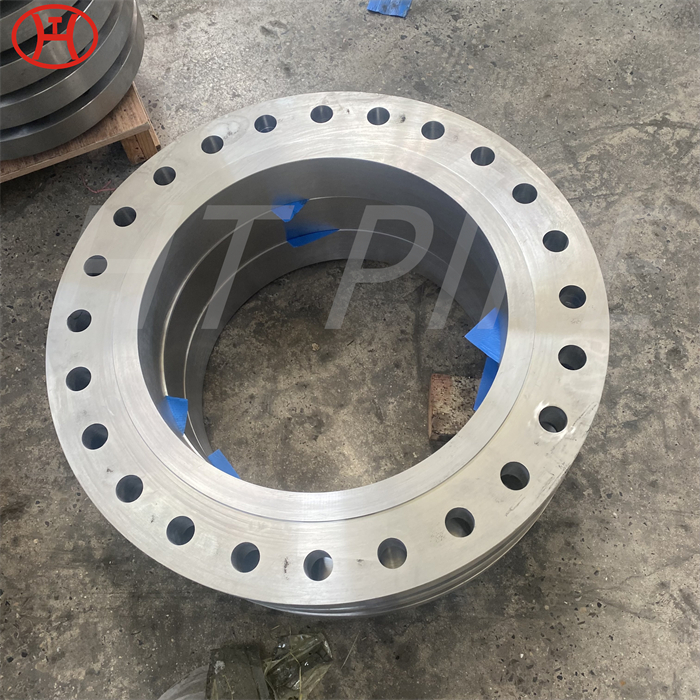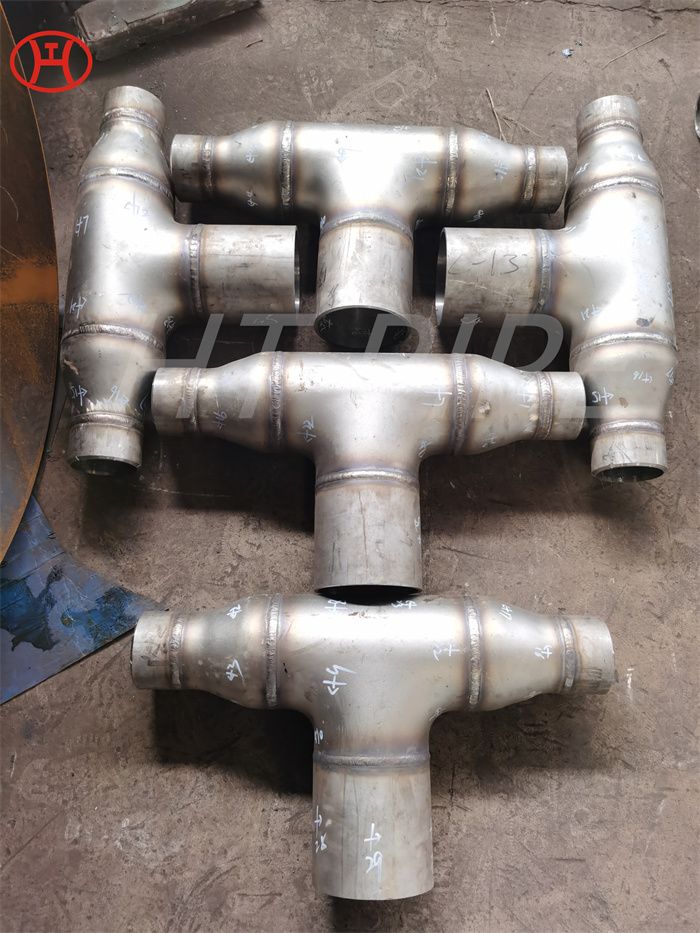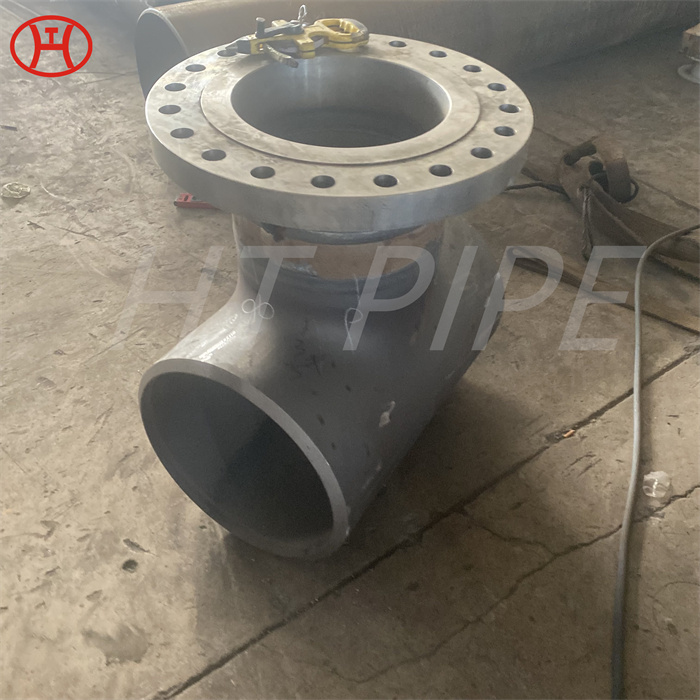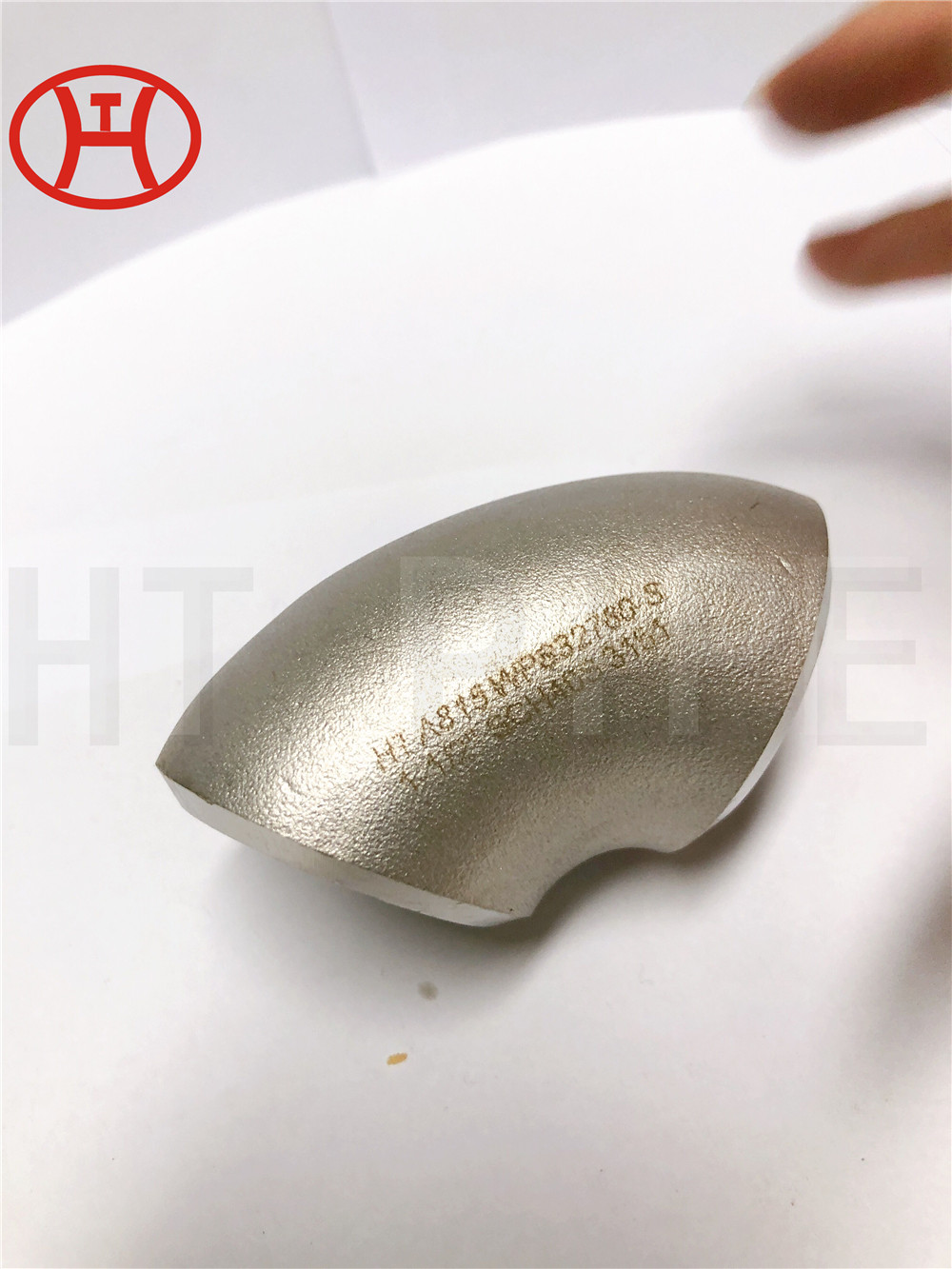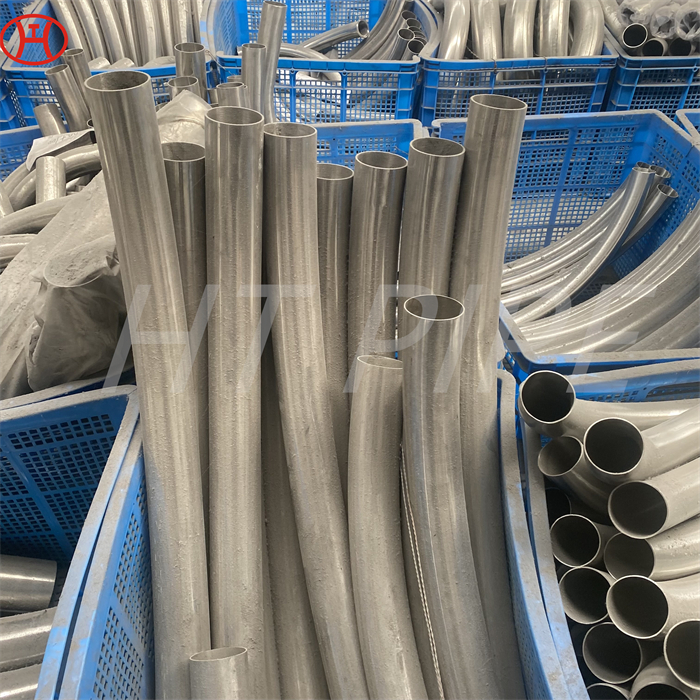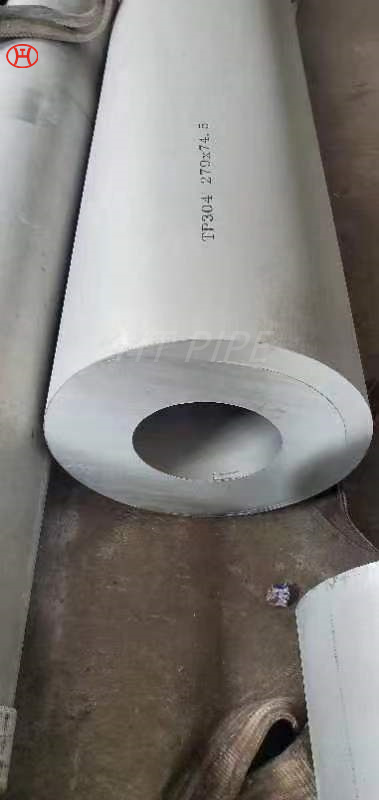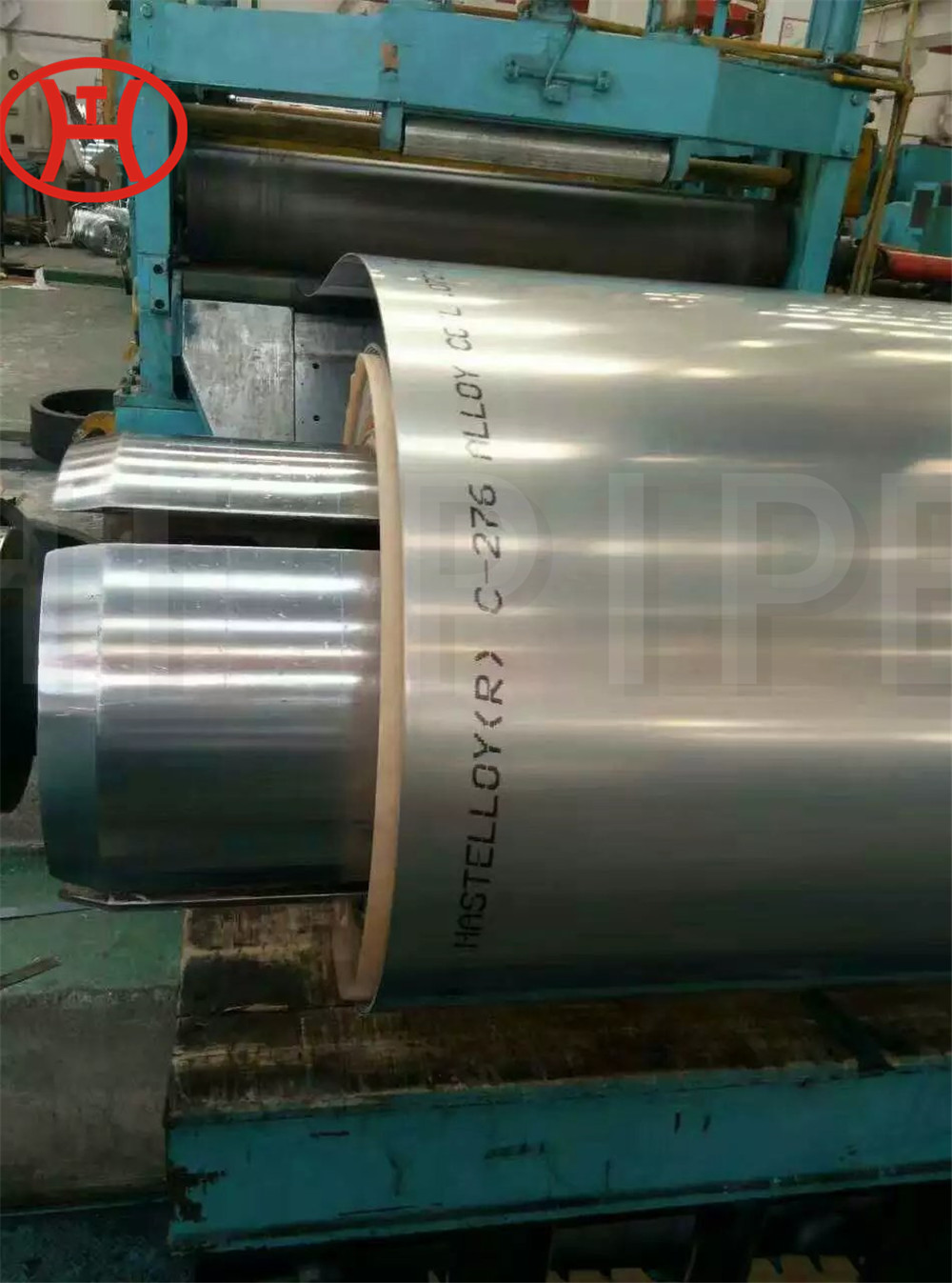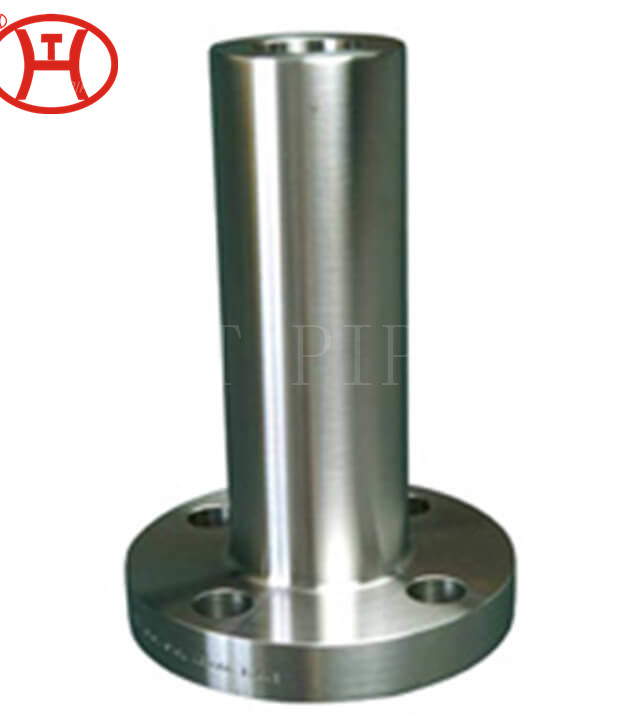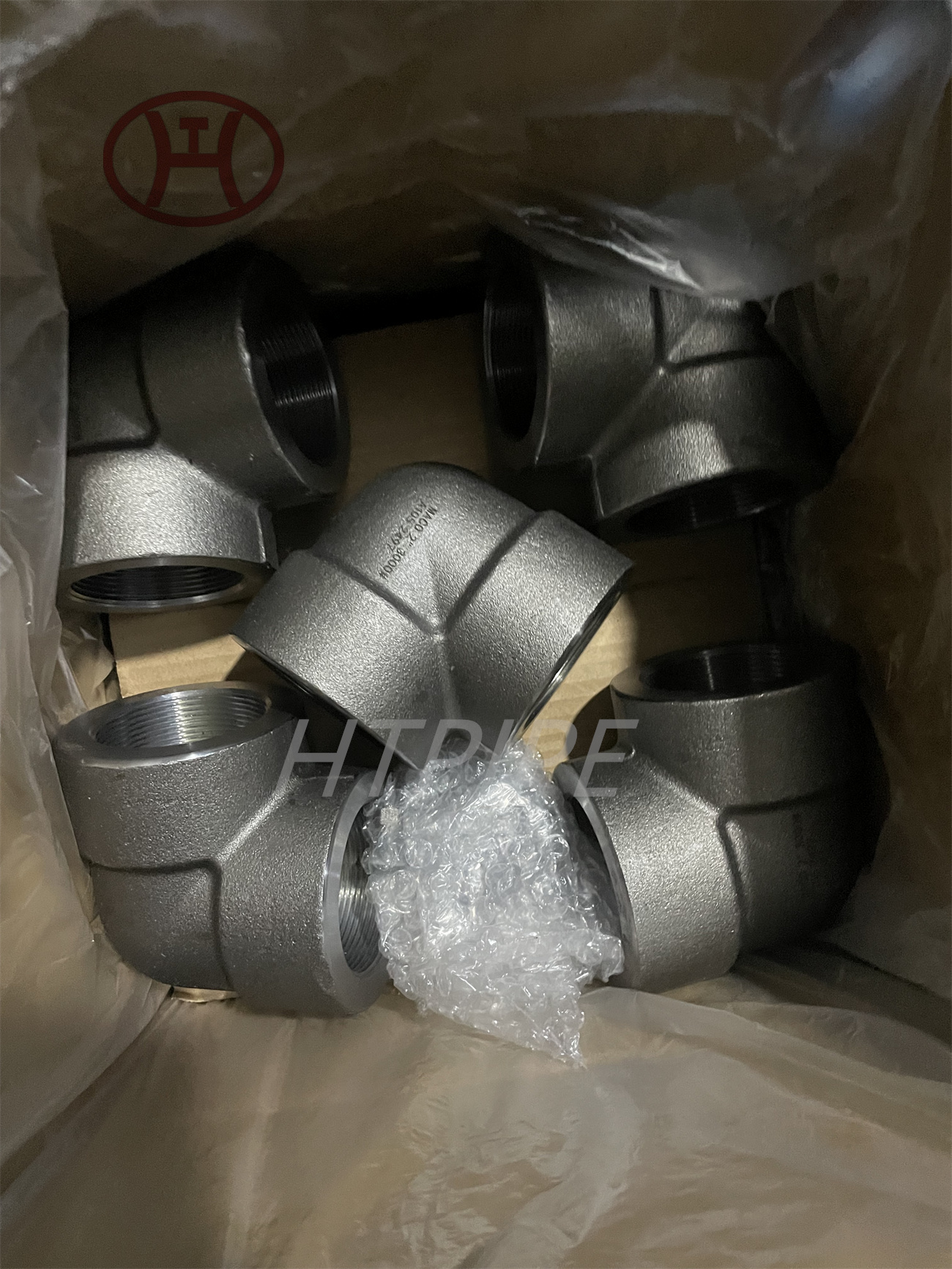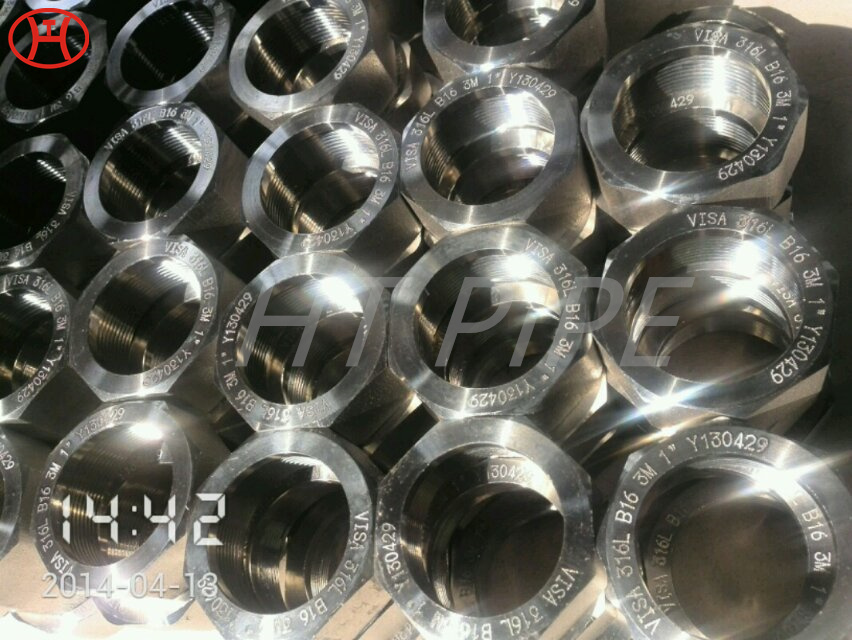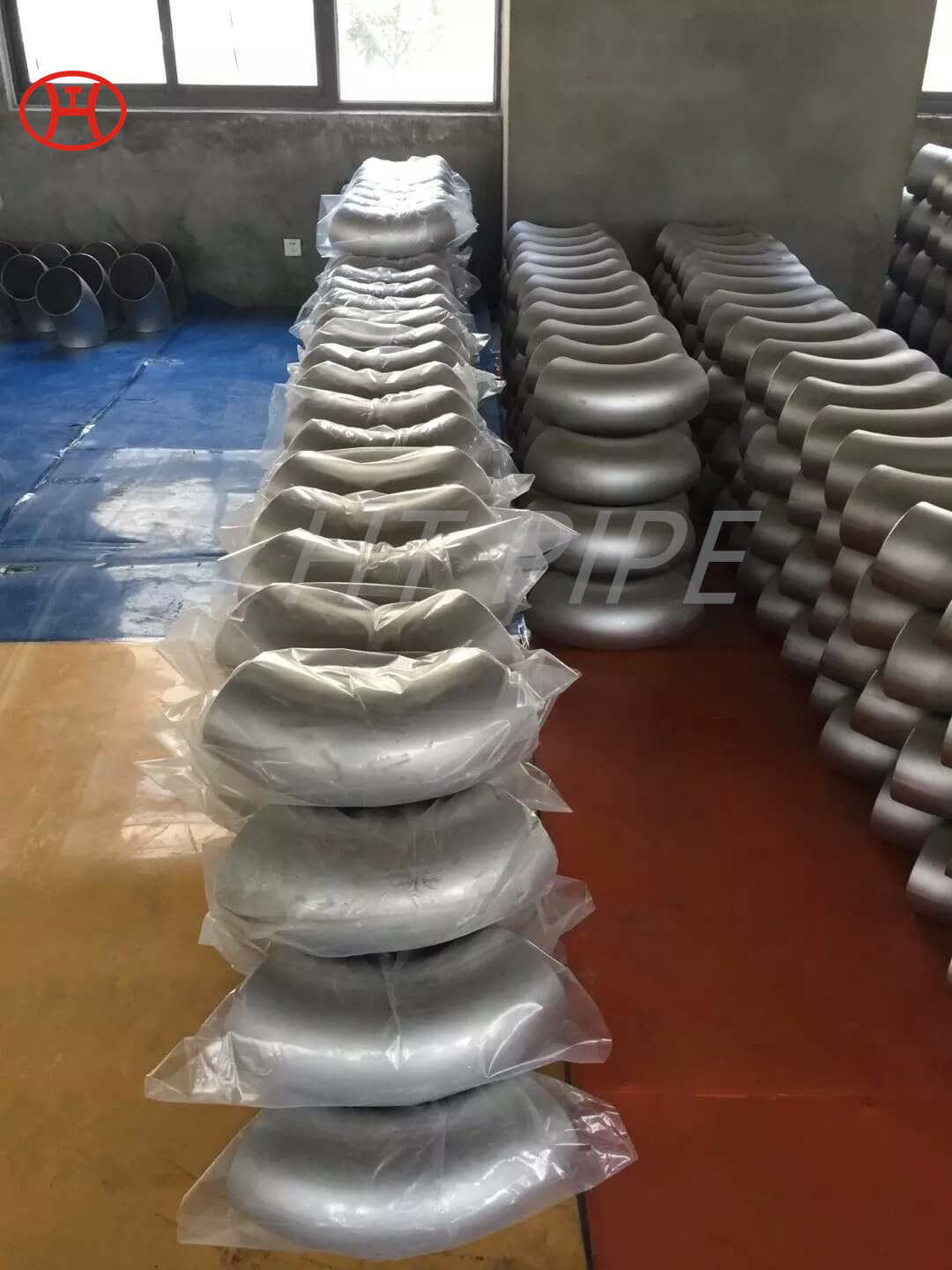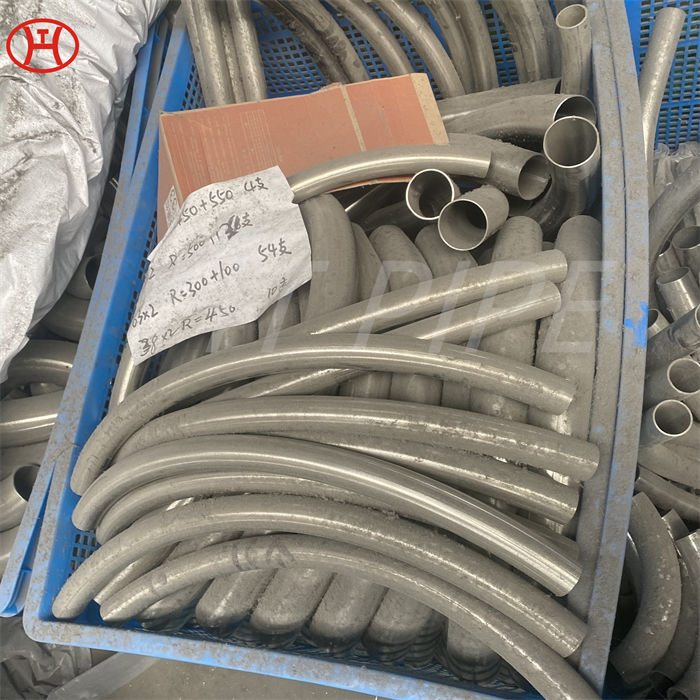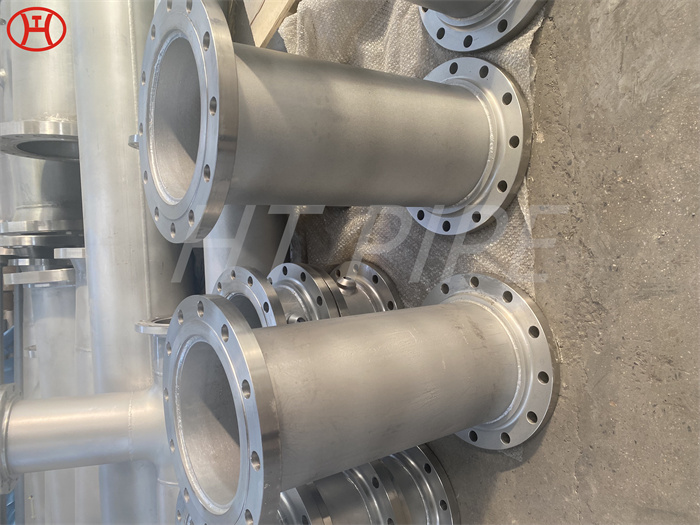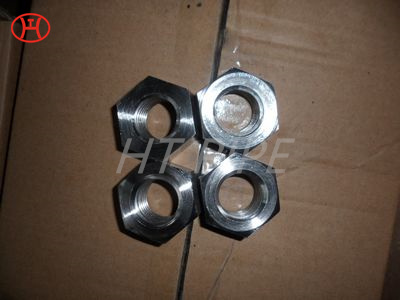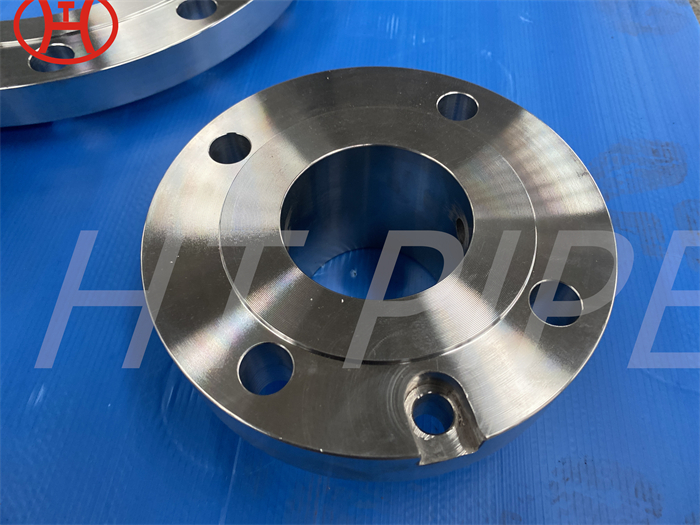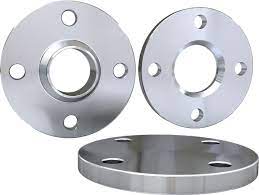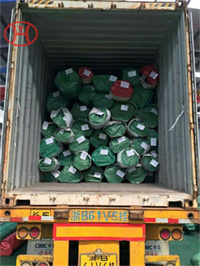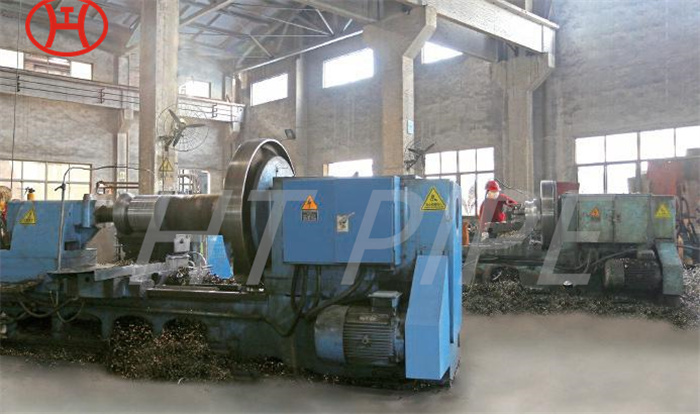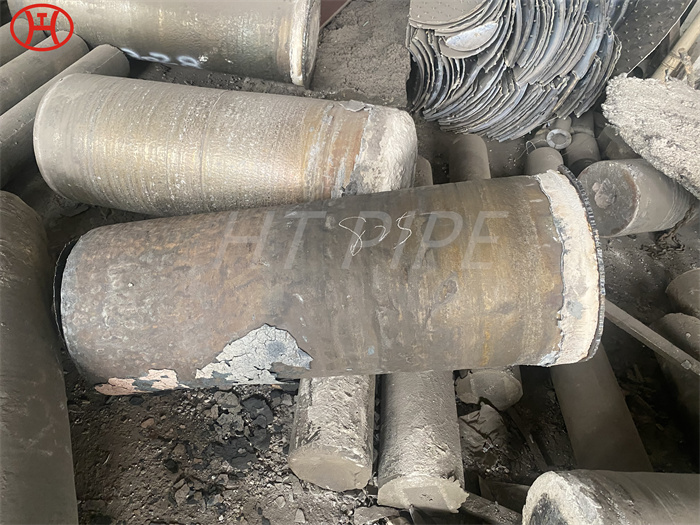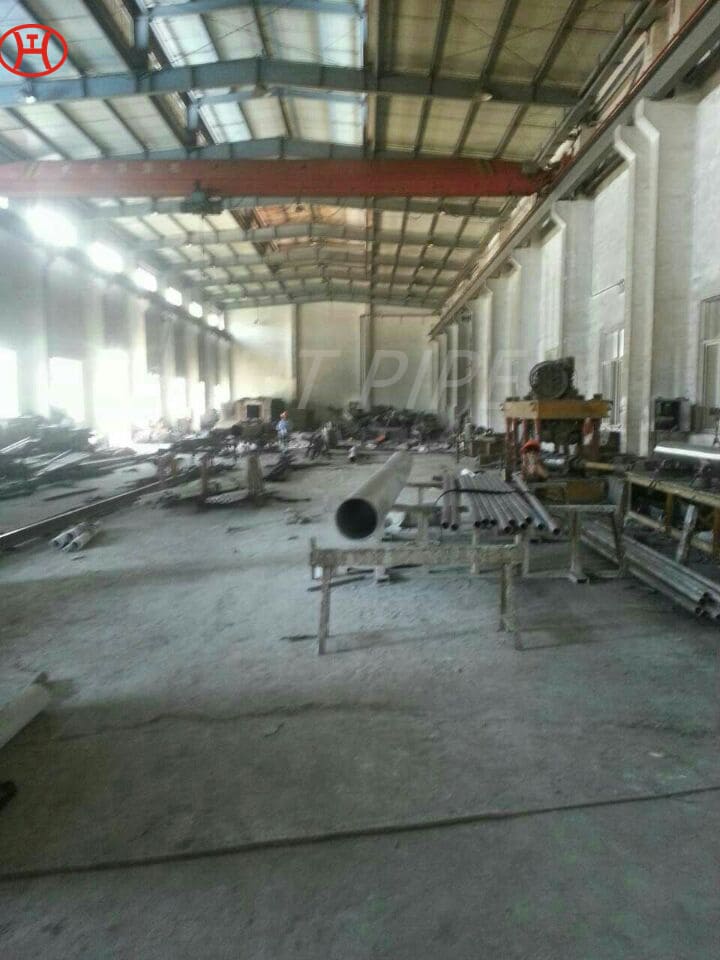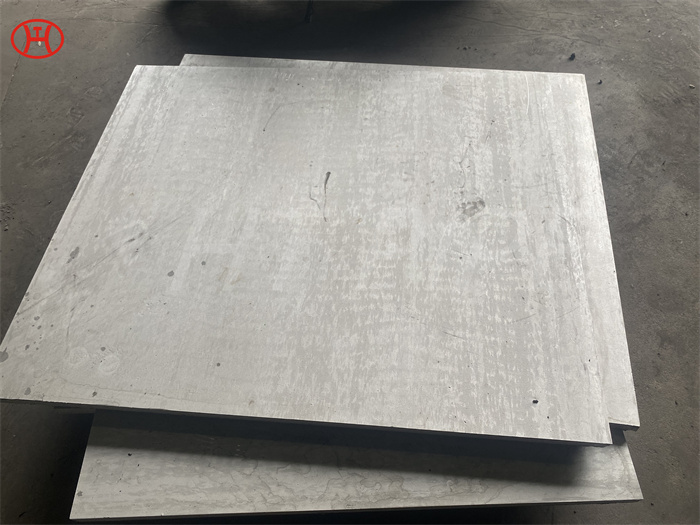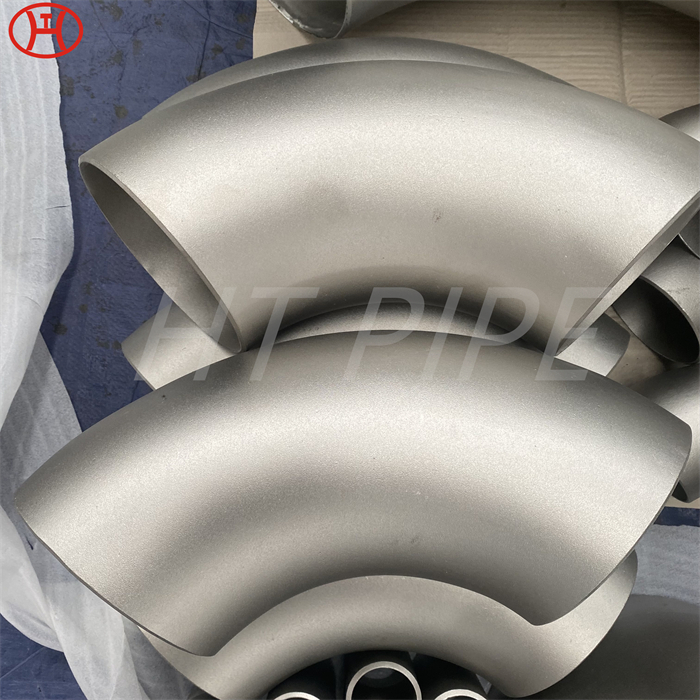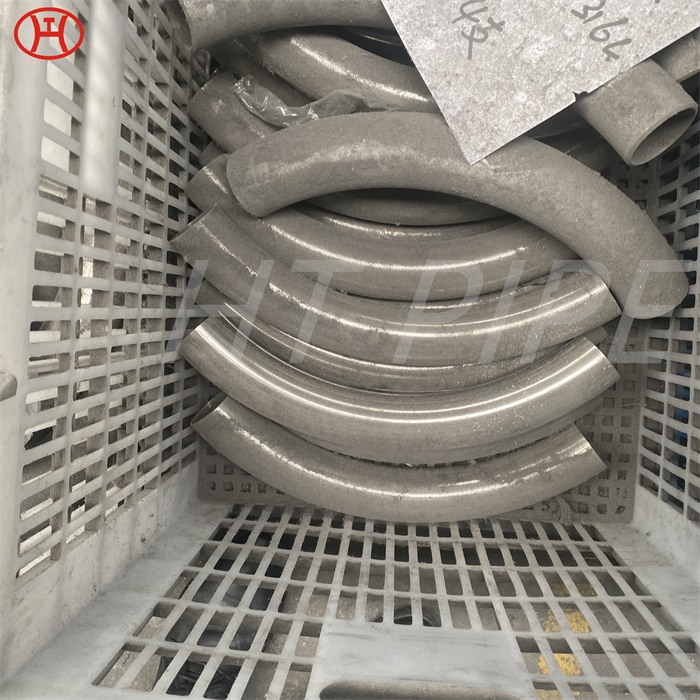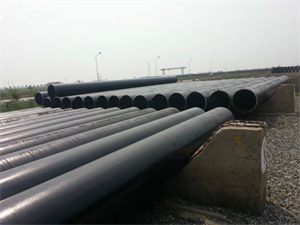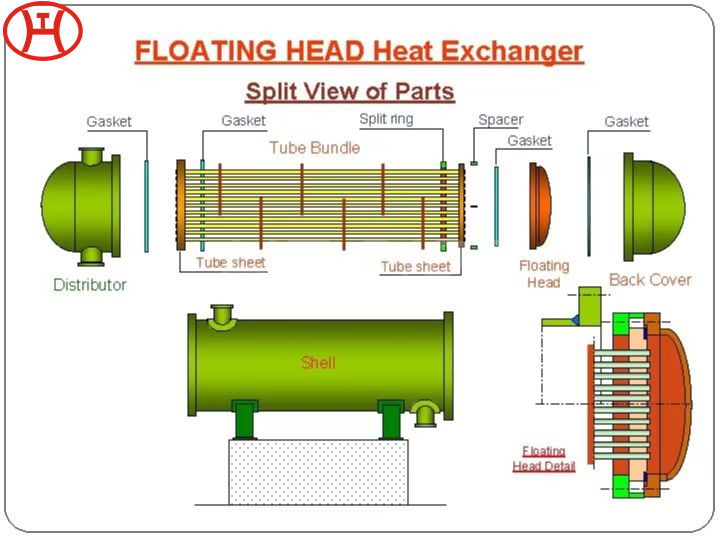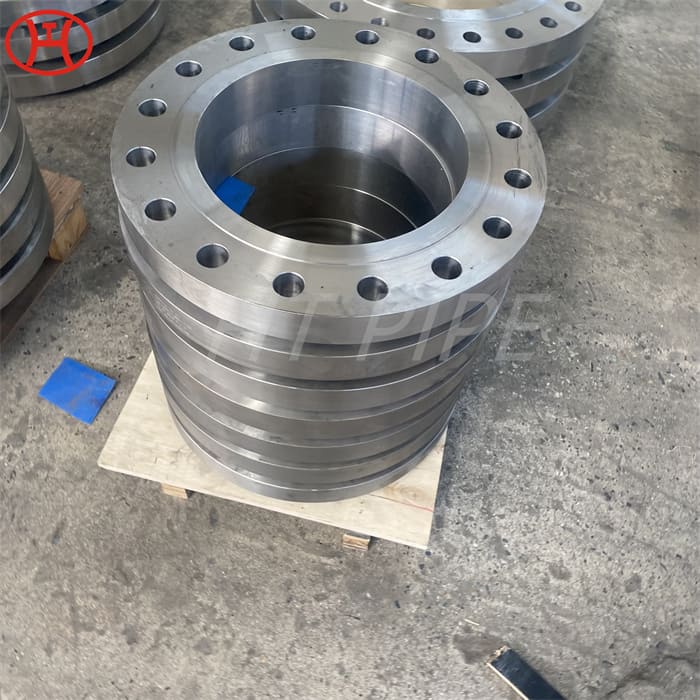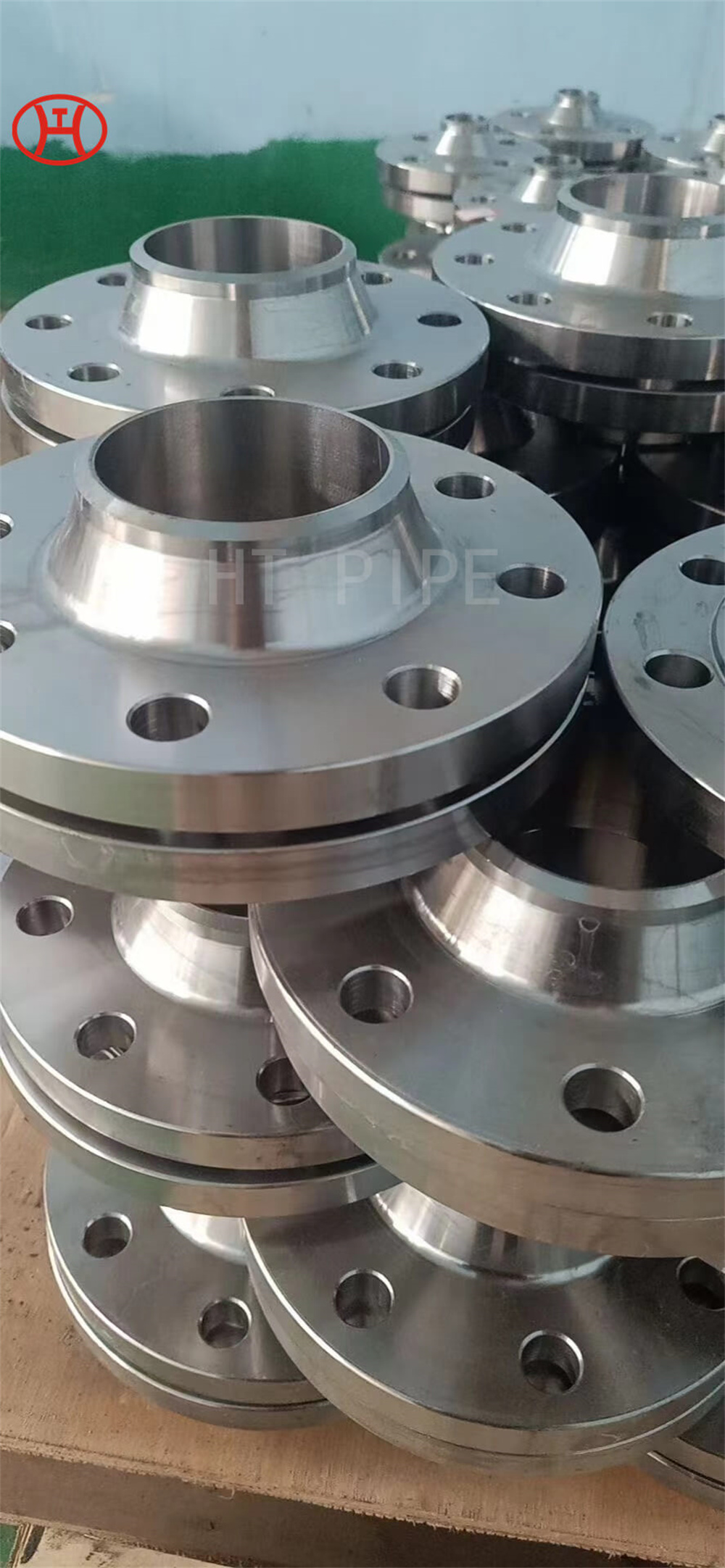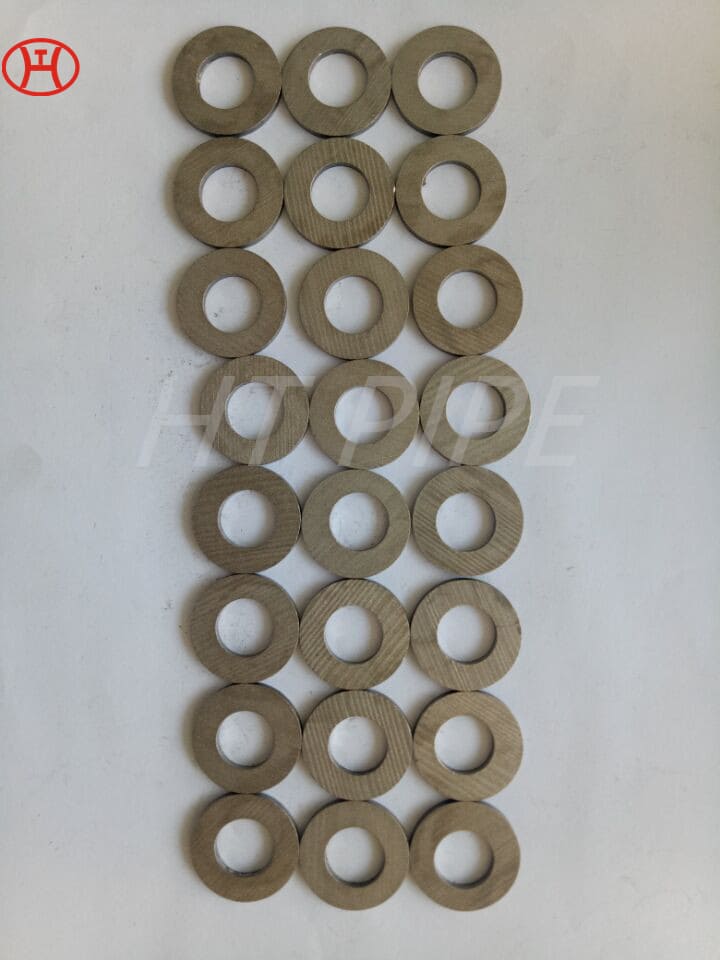316 38mm od stainless steel railing pipe tube
304 and 316 steels are specified for applications where corrosion resistance and product purity are still important but lack the stringent requirements in pharmaceutical, semiconductor or aerospace manufacturing. Cosmetics and food and beverage processing are examples.
316L Stainless Steel Seamless Pipe | 316L Stainless Steel Seamless Tube | 316L Stainless Steel ERW Pipe | 316L Stainless Steel EFW Tube | 316L Stainless Steel Welded Pipe and Tubes in ASTM A213 / A312 / A269 / A358
Type 316/ 316L/316H are austenitic stainless steel intended for use in applications that require high strength, toughness and workability, as well as enhanced corrosion resistance. Compare to 304 stainless steel, 316 contains a higher percentage of molybdenum (Mo 2%-3%) and nickel (Ni 10% to 14%), Molybdenum has better overall corrosion resistance, especially for pitting and crevice corrosion in chloride environments. 316 stainless steel pipe has excellent toughness and mechanical properties at sub-zero temperatures, suitable for cold rolling, continuous mill plate and plate millplate form, thickness range up to 60 inch.
Grade 316L refers S31603 UNS desination 1.4404, it has better corrosion resistance than TP316 because of the lower Carbon content. 316L maximum carbon content 0.03% which 316 maximum 0.08%, higher carbon will increase intergranular corrosion. Therefore, 316L is suitable for applications where carbon precipitation needs to be avoided. This 316L stainless steel pipe is widely used for welding the components, its special carbon content combined with welding ensures maximum resistance to general corrosion, especially applicable for heavy duty components.
316L is considered more resistant to oxidation than Type 316, especially in warm marine environments. Again, its low carbon content protects it from carbon precipitation. The 316 stainless steel pipe also exhibits resistance at extremely low temperatures, even down to cryogenic levels. In terms of heat resistance, 316L exhibits better creep resistance, fracture stress resistance and overall strength than other stainless steel grades.
Many of the same working practices that are valid for Type 316 can also be used for 316L, including weldability and cold work hardening. In addition, 316 stainless steel pipe does not require post-service annealing to maximize its corrosion resistance, but annealing may be used in some cases.
Composition of 316L Stainless Steel Pipes and Tubes
Table 1. Composition ranges for 316 grade of stainless steels.
| Grade | C | Mn | Si | P | S | Cr | Mo | Ni | N | |
| 316 | Min | – | – | – | 0 | – | 16 | 2 | 10 | – |
| Max | 0.08 | 2 | 0.75 | 0.045 | 0.03 | 18 | 3 | 14 | 0.1 | |
| 316L | Min | – | – | – | – | – | 16 | 2 | 10 | – |
| Max | 0.03 | 2 | 0.75 | 0.045 | 0.03 | 18 | 3 | 14 | 0.1 | |
| 316H | Min | 0.04 | 0.04 | 0 | – | – | 16 | 2 | 10 | – |
| max | 0.1 | 0.1 | 0.75 | 0.045 | 0.03 | 18 | 3 | 14 | – |
Mechanical Properties of 316L Stainless Steel Pipes and Tubes
Table 2. Mechanical properties of 316 grade stainless steels.
| Grade | Tensile Str (MPa) min |
Yield Str 0.2% Proof (MPa) min |
Elong (% in 50mm) min |
Hardness | |
| Rockwell B (HR B) max | Brinell (HB) max | ||||
| 316 | 515 | 205 | 40 | 95 | 217 |
| 316L | 485 | 170 | 40 | 95 | 217 |
| 316H | 515 | 205 | 40 | 95 | 217 |

